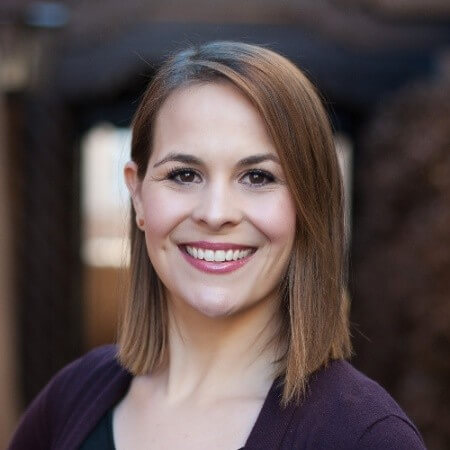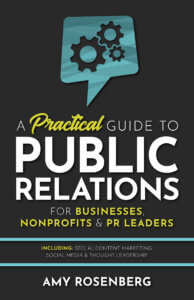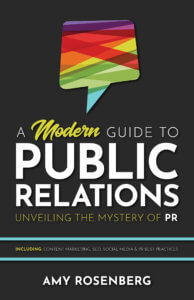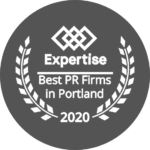![The Management Side of Content with Jessica Lawlor [Podcast]](https://www.veracityagency.com/wp-content/uploads/Jessica-Lawlor-800x600-1.jpg)
The Management Side of Content with Jessica Lawlor [Podcast]
In the latest episode of the PR Talk podcast, Amy talks with Jessica Lawlor about the scope of content management, what she looks for in PR pros, best writing tips and what has changed the most in the marketing world since the start of the pandemic.
Jessica is the founder of communications agency, Jessica Lawlor & Company (JL&Co.) and is a sought-after writer, speaker and personal branding expert. One of her agency’s long term-clients happens to be the PR media database software, Muck Rack. Under this capacity Jessica serves as Muck Rack’s content manager, which means she decides which contributed articles submitted to her by outside sources will make it onto Muck Rack’s website and social media channels.
The Role of a Content Manager
Jessica helped us understand what a content manager does. More than just developing and writing content, like most content managers, the role encompasses a broad range of management responsibilities. Working from a platform of “big picture thinking,” content managers help organizations build their brands. That means on any given day they might be focused on strategizing, planning, hiring, leading and marketing. Of course, the role also includes placing live content and then tracking performance and outcomes.
What Impacts Content
No more evident than during the COVID-19 pandemic, content management is ever-changing. Initial thinking in the field was that the pandemic would cause a hard stop to content and content marketing. Instead, Jessica realized that since most people were stuck at home, their demand for meaningful content would be greater than ever. In fact, during the pandemic her clients’ needs grew, plus she was able to add new clients.
Another change Jessica has noticed resulting from COVID-19 is the continuation of remote work. It has influenced the focus of content and what resonates with an audience. The important point, Jessica emphasizes, is to stay on top of what’s happening whether on a local, national or international scale because it will impact the direction of your content.
Pitching Tips for PR Pros
With a solid base of experience, Jessica has some excellent tips for successful media pitching. In addition to keeping the pitch short and to the point with a sample headline, she offers these keys to success:
- Do your homework. Know what kind of content the media platform likes.
- Target the pitch with a specific angle and audience in mind.
- Find the unique hook in your story; something that hasn’t been covered before.
Personally, Jessica says that she prefers receiving a pitch rather than a full article. From a pitch, she can advise the PR person about the best angle to take or give straightforward feedback about why she can’t use the content.
The Key to Writing a Good Pitch
Crafting a good pitch takes practice. Jessica advises listeners to write “messy” first drafts; which are brain dumps to get your thoughts on paper to avoid writer’s block. Once you’ve done that, then go back and fine-tune: condense copy, make sure ideas flow, fix any errors and double-check AP style. Another piece of advice she offers is to check copy closely for duplicate words or unnecessary words, such as “that.” When you submit clean, tight copy, it is much more likely to capture the media’s attention.
Listen to the podcast to hear Amy and Jessica talk more about sending pitches and getting organized as well as Jessica’s career story. Don’t miss it!
Don’t Miss an Episode
You can access more great episodes by subscribing to the PR Talk podcast on iTunes, Stitcher, Google Podcasts, iHeart Radio and Spotify.
About the guest: Jessica Lawlor
Jessica Lawlor is the president and CEO of Jessica Lawlor & Company, a boutique communications agency focused on content management, content creation and public relations. Jessica’s an accomplished writer, speaker and personal branding expert in the Philadelphia area. She has been featured on Entrepreneur.com, Business News Daily, The Penny Hoarder and more. Her writing has been published on various websites including Ragan’s PR Daily, Muck Rack, The Write Life, The Penny Hoarder, SpinSucks.com, Mediabistro, Business Insider and AOL Jobs.
Connect and follow Jessica on social media:
This episode of PR Talk is brought to you by PRSA Oregon
Throughout Oregon and Southwest Washington, PRSA provides members with networking, mentorship, skill building and professional development opportunities – whether you are a new professional fresh out of college or a skilled expert with 20 years in the industry. Check out PRSAoregon.org for more information on how membership can help you grow and connect.


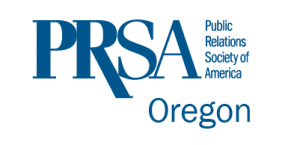
![The Trifecta to Owning Your Industry with John Hall [Podcast]](https://www.veracityagency.com/wp-content/uploads/John-Hall-800x600-1.jpg)
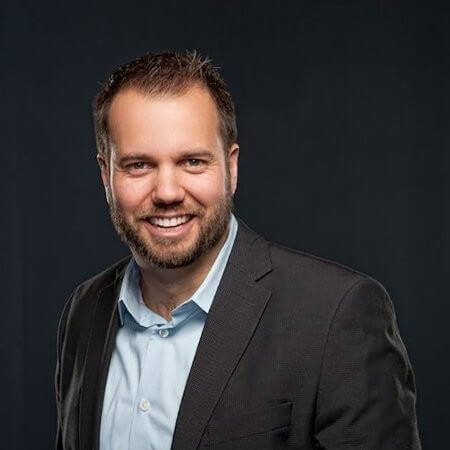
![How to Beat Speech Anxiety with Carmie McCook [Podcast]](https://www.veracityagency.com/wp-content/uploads/Carmie-McCook-800x600-1.jpg)
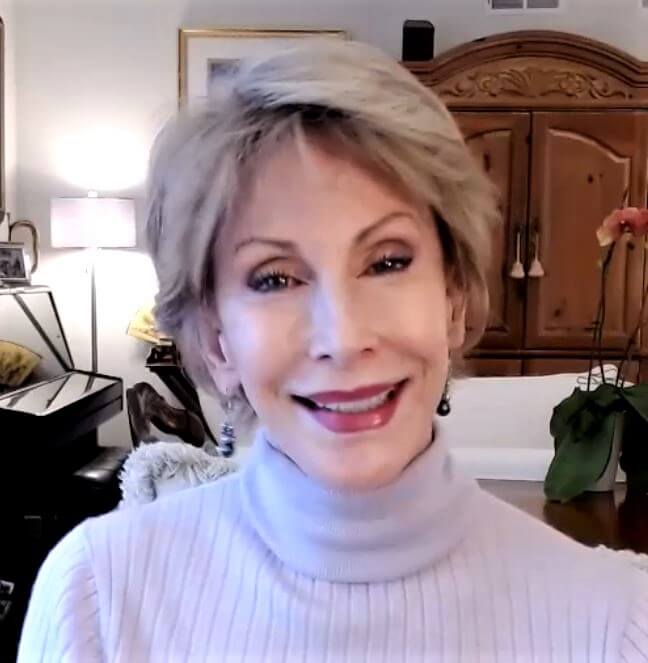
![How to Use Your Inner GPS in the Workplace with Deirdre Breakenridge [Podcast]](https://www.veracityagency.com/wp-content/uploads/Deirdre-Breakenridge-800x600-1.jpg)


![Faster Than Normal PR with Peter Shankman [Podcast]](https://www.veracityagency.com/wp-content/uploads/Peter-Shankman-800x600-1.jpg)

![Exceptional Content Marketing with Anna Hrach [Podcast]](https://www.veracityagency.com/wp-content/uploads/Anna-Hrach-800x600-1.jpg)
